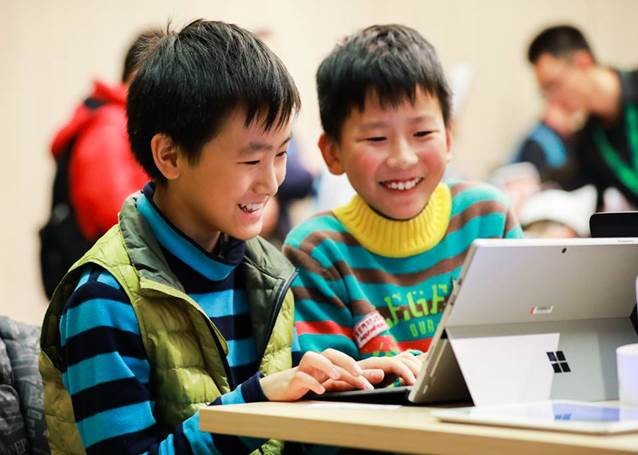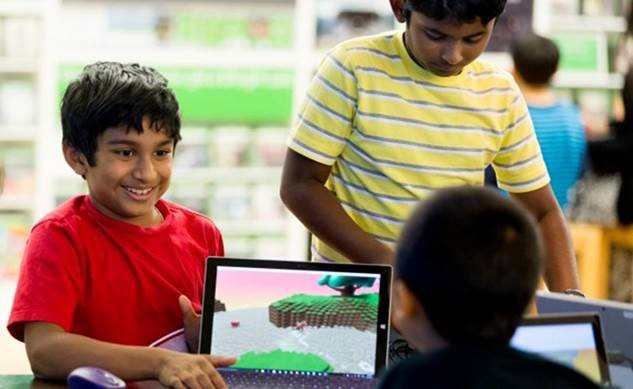At the heart of a city in Asia, one student sits in her classroom, taking lesson notes with a laptop. On her way home, she makes final edits to an assignment on her tablet and submits it via her school’s e-learning platform.
In the suburbs, another student calls to inform his school of his absence that day. The only bus that brings him to his school, over an hour away, didn’t show up. He promises to catch up on the lessons using his father’s smartphone, his only access to the internet at home, when his father gets home that night.
These are but two examples of students on the different sides of the digital divide. Access to learning varies across different regions in Asia, and education institutions and governments are turning to technology to help bridge the gap. Here’s a look at some of the emerging trends in Asia:
1) Mobile learning
With the high penetration of smartphones across Asia, including less developed areas, schools and governments are increasingly leveraging mobile learning to broaden access to education. China, India and Indonesia are among the top purchasers of mobile learning technology around the world. Mobile English language learning products, both apps and Value-Added Services (VAS), are among the best-selling products.
Indonesia, a relatively early adopter of mobile learning, uses the platform as an extension of creating blended learning environments. Today, electronic school books are available on smartphones and tablets for students to access through an application developed by local startup, Mahoni. Private social network for education and Massive Open Online Courses (MOOC) platform, Kelase, released its own mobile application to complement its desktop website, to enable better anywhere, anytime learning.
2) 21st Century skills development
More than 50 percent of today’s jobs require technology skills, and the number is set to rise to 77 percent in under a decade. These developments are placing 21st century skills and future-readiness at the center of every education discussion. Through equipping them with both digital hard skills and cognitive soft skills, such as communication and leadership, educators across the region are focused on preparing students for the workplace of the future.
In the Philippines, the Department of Education launched a new K-12 curriculum that incorporates “Media and Information Literacy” as a core subject, featuring 21st Century skills development to empower young Filipinos to thrive in the digital economy. Additionally, across Asia, many educators are leveraging online resources such as the Microsoft Educator Community, to implement 21st Century learning in their classrooms.

3) Personalized learning
While personalization is not a new concept in education, technology has enabled deeper customization of learning approaches, programs and experiences to better address the distinct learning needs of individual students. With the rise of data and analytics, tailored strategies can be formulated for each student, and implemented via digital education solutions without having to hire additional teachers—a limited resource in many areas of Asia.
Several higher education institutes in Asia are already starting to incorporate technology tools to improve the personalization of learning. Universiti Brunei Darussalam (UBD) is collaborating with local technology company Mindplus Education to research and develop personalized learning solutions that better support the needs of students online and in the classroom.
Republic Polytechnic, a tertiary education institute in Singapore, recently revamped its learning management system to create a better learning environment that supports self-paced, individualized education for learners to achieve better outcomes.
Technology not a silver bullet
Though there are many technology tools and ideas that can help to bridge the digital gap—it is important to note that a proper vision and well-planned journey is crucial to successful transformation. Microsoft Education is committed to helping schools and governments take the next step in their digital transformation—to help students in Asia achieve more.
To find out more about how Microsoft Education can help your educational institute with your digital journey, click here.





